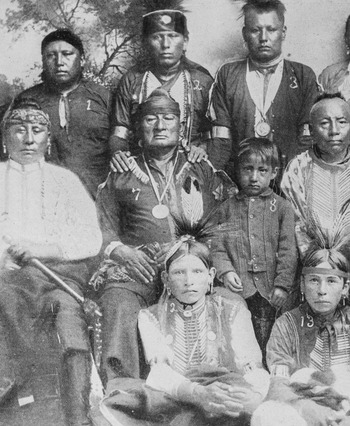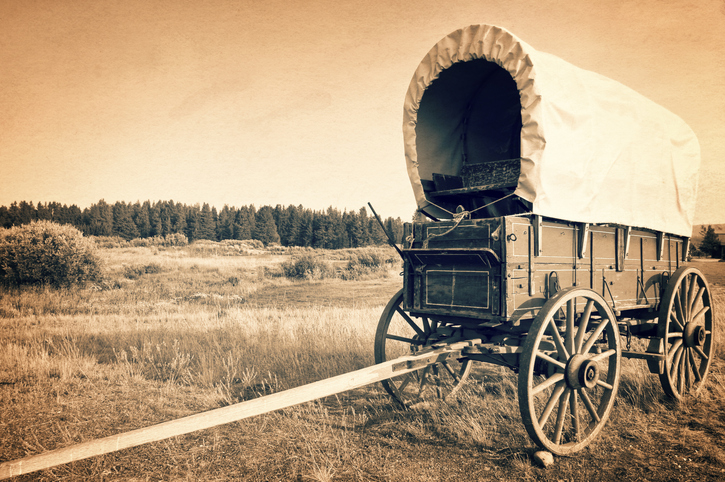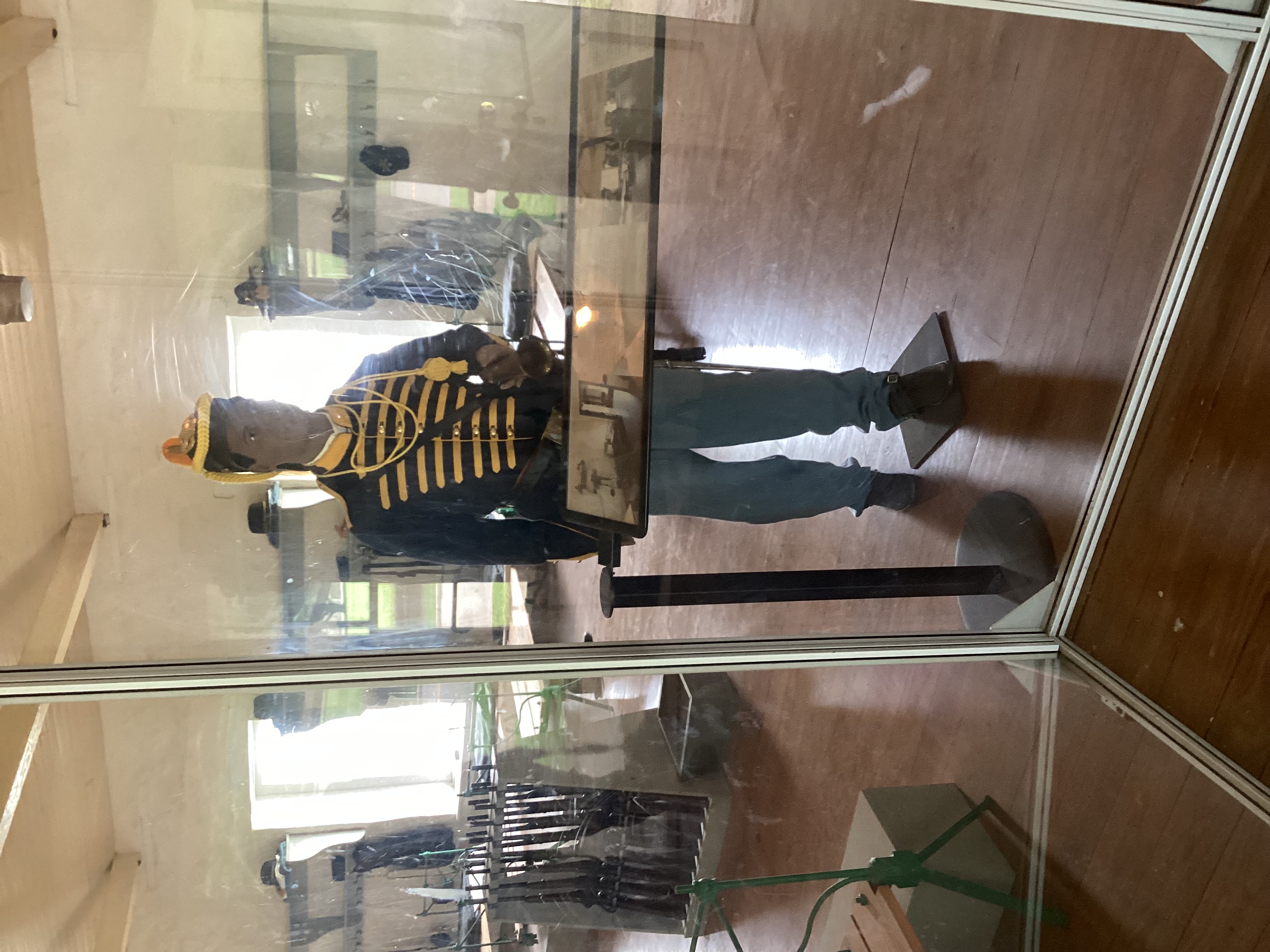Fort Sill History
Fort Sill history is as fascinating and complex as a gripping novel. Established in 1868, the fort was crucial in helping to maintain the peace between the Native American tribes and the settlers that kept coming from the East. The fort also played a critical role in both world wars and is an important military base today.
Various Indian tribes were relocated to Indian Territory in what is now Oklahoma in the 1800s. Some of the tribes residing in the southern portion of the territory near the Texas border including the Kiowa, Osage and Wichita tribes.

The Wichita Indians were agrarian and preferred staying in one place and growing their own food. Other tribes like the Kiowa tribe were nomadic. They moved from place to place, following and hunting the buffalo and gathering food to eat.
The Osage tribe, on the other hand, saw war as a way to gain honor and appease their gods. They attacked other tribes as well as any settlers who had the misfortune to come across them.

Settlers started moving into Indian Territory hoping for land of their own and a new life. It was inevitable that the Indians saw the settlers as invaders and began raiding the settler's farms.
Many people were killed and scalped. The women were carried off and forced to marry the Indians. The settlers began writing letters to Washington, pleading with the government to do something to protect the settlers.
Finally, Washington sent Col. Benjamin Grierson to scout out the land and find the right location for a new fort to be built. Grierson found what he believed to be the perfect patch of land. It was elevated enough that it wouldn't flood even during the most torrential downpours.
That was important because before that, soldiers had been stationed at Fort Supply in northwestern Oklahoma near what is now the Oklahoma Panhandle. At that time, Fort Supply was not a pleasant base to live at. There were no buildings, and the soldiers lived in long trenches they dug and covered with a wide tarp. Wood burning stoves were placed at each end of the trenches for warmth. There were no bathtubs available, let alone running water back then, and the soldiers seldom bathed.
Indian ponies had eaten up all of the grass at Fort Supply, and the Army mounts had nothing to eat. Soldiers were forced to cut cottonwood limbs and feed those to the poor animals, who slowly starved. Then it started raining and wouldn't stop. The resulting muck made the stench in the trenches even worse.
A Beautiful Land

Compared to Fort Supply, the land in southwestern part of Indian Territory had to seem like another Eden. There was plenty of grass and a creek, later known as Cache Creek, holding plenty of clear running water. Wildflowers dotted the landscape, and a lone mountain, now called Mount Scott, stood guard nearby.
In addition to good, clean water, there was also a good supply of limestone nearby, and the soldiers would later use this material to build barracks, headquarters, residences for the officers and other important buildings.
As soon as Grierson saw the place, he climbed off his horse, threw down his saddle and declared, "We will build the post here."
Fort Sill History Includes a Challenging Past

At the time he found the spot for the fort, Grierson didn't believe the Indians were a problem. Neither did General William Tecumseh Sherman. Both men thought the settlers were exaggerating the dangers they faced.
However, when Sherman came to visit the fort in 1871, he arranged a council meeting with chiefs from local Indian tribes. The warriors tried to attack Sherman and were later arrested.
On his way to Fort Sill, Sherman was riding in a Daugherty ambulance on an abandoned Overland Pass. He found out later that his small wagon train passed more than 100 Indian warriors hiding out on a nearby bluff. The Indians chose not to attack Sherman's small group and attacked a wagon train of teamsters who rode past later in the afternoon. Nearly all of the teamsters were attacked, and only one survived, stumbling into Fort Reno later that evening, where Sherman was staying.
I talk about it in this short video.

Fort Sill Today

If you visit Fort Sill today near Lawton, Oklahoma, you can still find the original fort. The limestone buildings the soldiers erected are so sturdy, they are still standing today. Officers and their families reside in them much as they did more than a hundred years ago.
A museum is now set up in what was once the fort's headquarters, and you can see what the troop barracks looked like back then. You can also see the quarters where the laundresses lived and worked, as well as the fort's chapel and the original limestone quarry where they dug the material they would use to erect the houses and other buildings.
The museum is open to anyone interested in learning more about Fort Sill history. But you must pre-register at least 24 hours in advance before traveling.